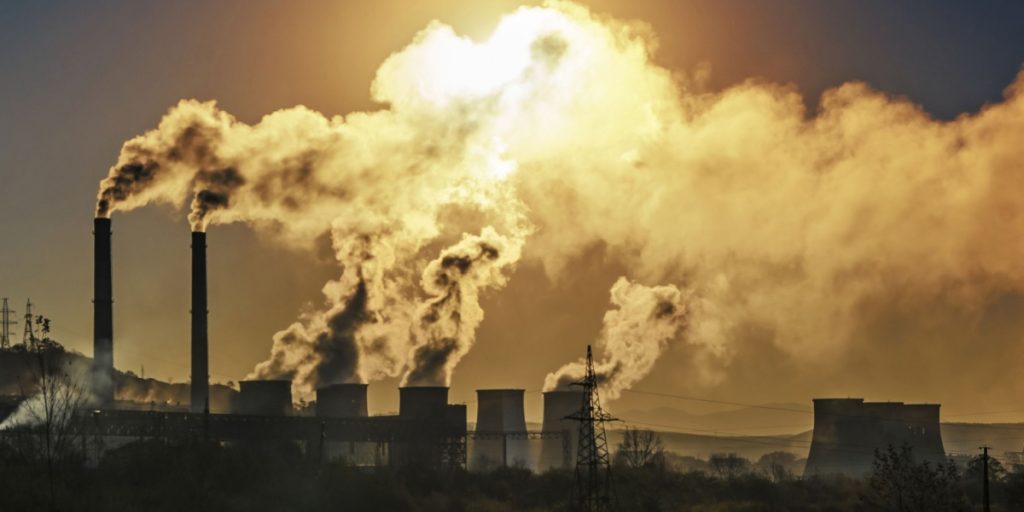Climate-warming gases are being smuggled into Europe, new investigation says.
Others are reading now
Smugglers are illegally bringing large amounts of greenhouse gases into Europe from China and Turkey, posing a serious risk to global environmental agreements aimed at reducing these emissions.
The London-based Environmental Investigation Agency (EIA) reported these findings on Monday, as detailed by Euractiv.
This illegal trade undermines international efforts to phase out climate-warming chemicals like hydrofluorocarbons (HFCs) under the Kigali amendment to the Montreal Protocol.
Smuggling Undermines Global Efforts
HFCs, commonly used in cooling systems in industry and retail, don’t damage the ozone layer but have a global warming potential thousands of times greater than carbon dioxide.
Also read
Despite Europe’s commitment to significantly cut down HFC use by 2036, illegal smuggling is thriving, fueled by high demand and rising prices due to strict legal quotas.
The EIA’s two-year undercover investigation has shown that smugglers are using more clever ways to avoid European Union controls, with illegal shipments often coming through Turkey, Russia, or Ukraine.
“There are signs that traders are adapting their methods, that they are getting a bit of savvy trying to evade authorities,” Fin Walravens, a senior campaigner at the EIA, explained.
The profitability of smuggling the most damaging gases encourages this illegal activity, making enforcement even more challenging.
Economic Motives Drive Illegal Trade
The 2016 Kigali amendment aims to cut down HFC use by 85% from 2012 to 2036 by setting limits on how much authorized producers and consumers can use, which decrease over time. But as these gases become more expensive due to these limits, smugglers find a profitable market by providing cheaper, illegal supplies.
“It is so much easier if you’re licensed to just exceed your quota: it is so hard to prove,” Walravens stated. The goal of making HFCs expensive to push for cheaper alternatives is weakened by this illegal trade.
Ongoing Challenges and Global Impact
A previous EIA report in 2021 suggested that illegal HFCs might make up 20-30% of the legally traded volumes in Europe, equal to up to 30 million tons of CO2.
The latest findings indicate that not much has changed in stopping this illicit trade.
China, the world’s biggest producer of HFCs, has tried to tackle the issue by implementing new rules in December to punish companies that produce over their limit.
Enforcing the reduction of these chemicals remains a significant global challenge, as noted by Ian Rae, a University of Melbourne professor and technical adviser to the Montreal Protocol. Rae mentioned that many customers are slow to switch to more expensive alternatives, and some governments are not doing enough to stop the illegal trade.


